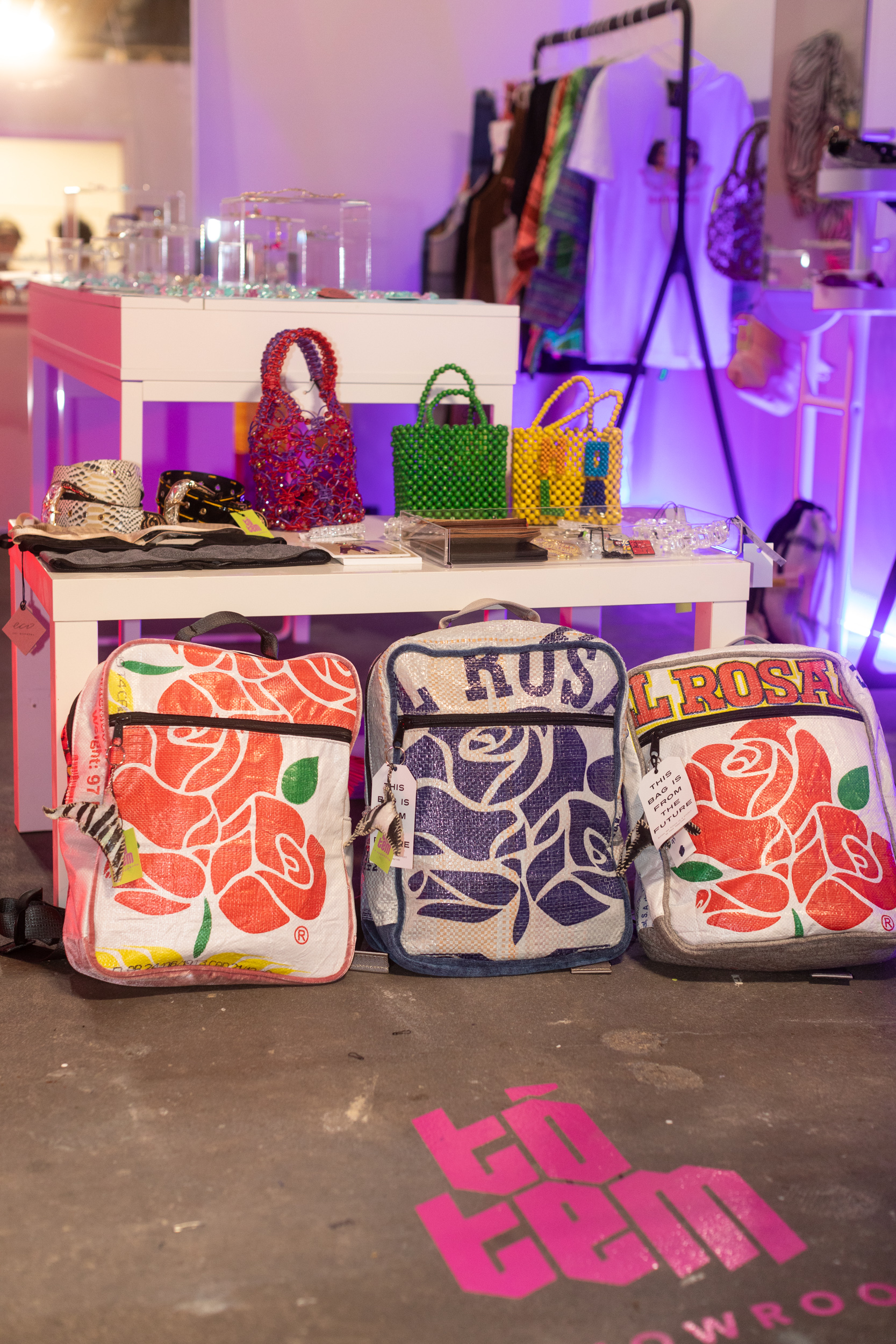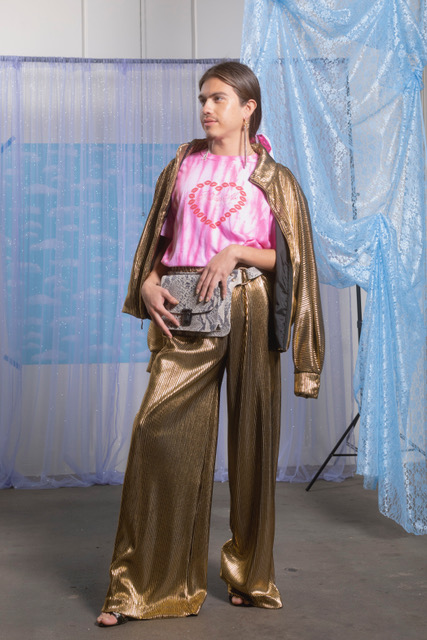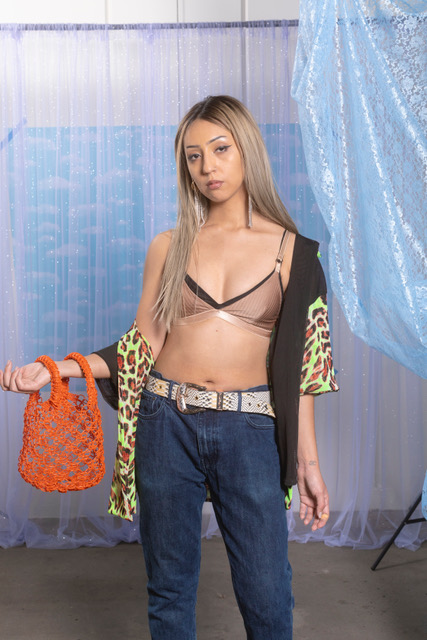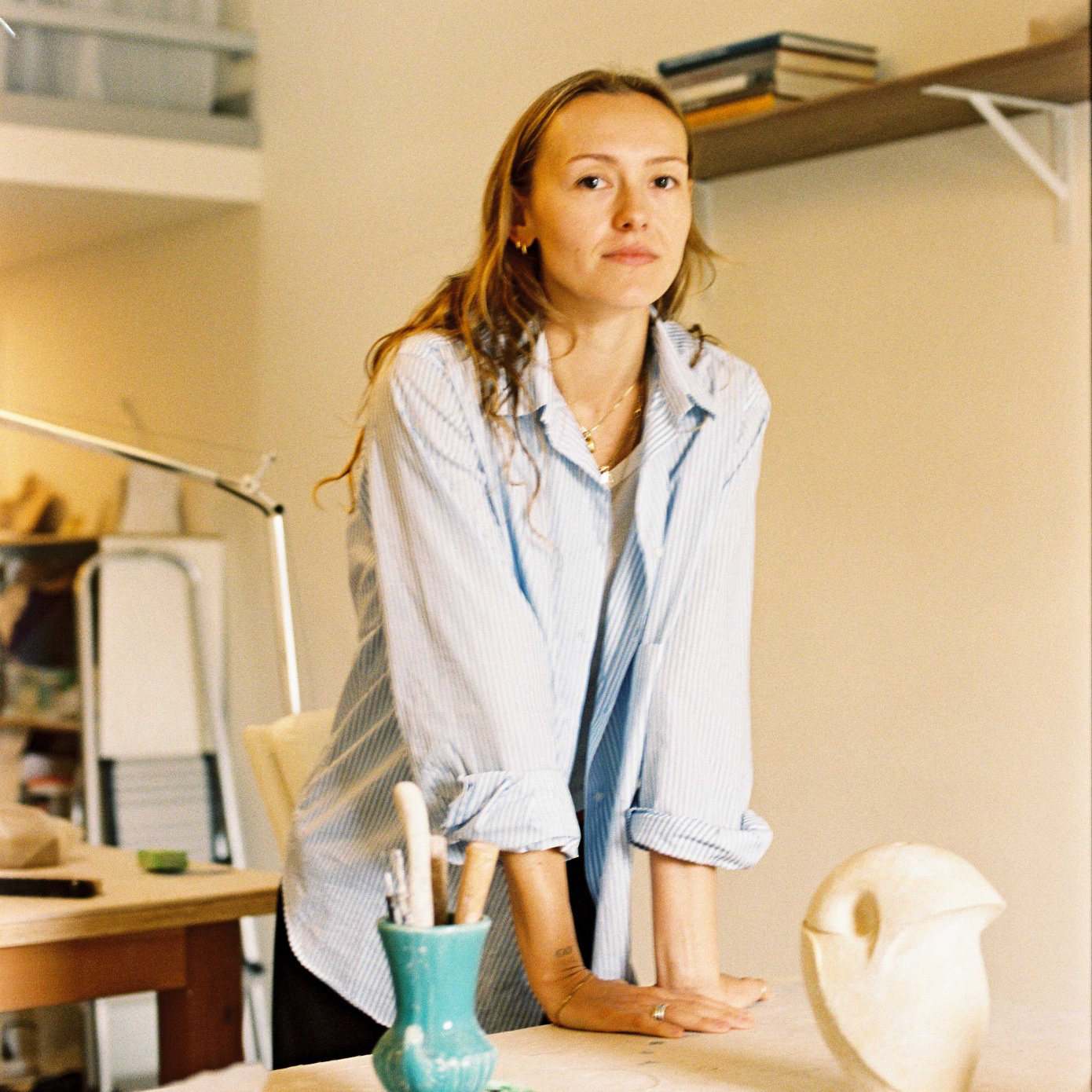
There are characteristics that make a city. Their distinct sounds, their smells, the topography of their buildings, the characters you encounter on corners. The personalities are forged by each city’s complex history. Colonialism, waves of immigration, political upsets and national victories. Mexico City, which was founded in 1325 AD (then known as Tenchotitlan), has become a tourist hub over the last few years, as travelers praise Roma for its relative affordability, clogging Instagram with photos from Xochimilco.
The magic of Mexico City, though, comes alive in its quotidian patterns. The ubiquity of OXXOs (a Mexican answer to, say, 7-Eleven) scattered across the city and their neon glow against pink dusk, the soundtrack of tamaleros scraping their carts against empty morning streets, the glory of seeing Popocatépetl twinkle behind the city’s notorious haze of smog.

Are we destined to destroy the souls of cities when we set out to capture them? Is there a delicate balance of how to celebrate a city without cheapening and commodifying it? Founded in 2014, Tótem is a media platform that was created to highlight the creative influence of Mexico City, locally and abroad, as it relates to contemporary culture. Founder Cesar Alvarez started off in advertising, but eventually moved away from it to pursue design. Living and working between Mexico City and LA, Alvarez’s involvement across the high-fashion and DIY worlds has meant collaborating with communities and artists who are “pushing boundaries and creating work from a special and unique experience”. Growing alongside brands like Gypsy Sport, and with artists such as Gabriela Ruiz, Tótem has increased its platform in the US to reimagine the ethos of the Mexican diaspora and in turn, bring greater accessibility to Mexican designers nationally and internationally.
In December of 2019, Tótem opened a physical showroom in LA to highlight this new wave of Mexican designers and artists on both sides of the border. The curation of the designers and artists in the showroom emphasize that the cultural richness of Mexico is not opposition to making globally relevant art and design, and does not have to be a “traditional” representation of Mexican culture. Instead, this new wave reimagines ideas of culture and identity and reinforces the idea that, even through interacting with global trends and markets, designers can forge a contemporary representation of culture while still making it approachable to an international audience. Cultural preservation doesn’t have to mean a reiteration of symbolism, or distillation of culture into a singular image, but rather a reimagination of form and process through locally sourced materials and fabrication, an appreciation for craft and art and pushing the boundaries of design and aesthetic.

What is most strikingly visible across Tótem’s work in general, is the diversity of bodies, genders and experiences. The curation ranges from the crisp, minimal, athletic designs of Hermanos Koumori and El Borde, to the high-fashion and art-house visions of Paloma Lira. Brands that are already well-known among fashion insiders, like Tuza, share space with edgier and rawer jewelers like Grosera and Georgina Treviño. Ariana Castellanos’ leather work harkens traditional leatherwork to invoke a modern approach, and cosmetics brand Cholas x Chulas remind us of the roots of beauty trends before the Coachella swarms reappropriated them. This new wave of Mexican design reimagines not only conceptions of Mexican identity, but also of how we view beauty, fashion and art on a global level. In an increasingly commodified world, where social media dictates taste, and where fashion often co-opts ingenuity, moments of authenticity can seem fleeting. The beauty of nuance and detail celebrate the intrinsic characteristics that bring culture and spirit alive, and by widening the scope of how we perceive both design and identity, we can preserve the two without devaluing them.
The showroom, located in Los Angeles’s Cement Building, is open via appointment and throughout regular hours. It is also accessible online.




